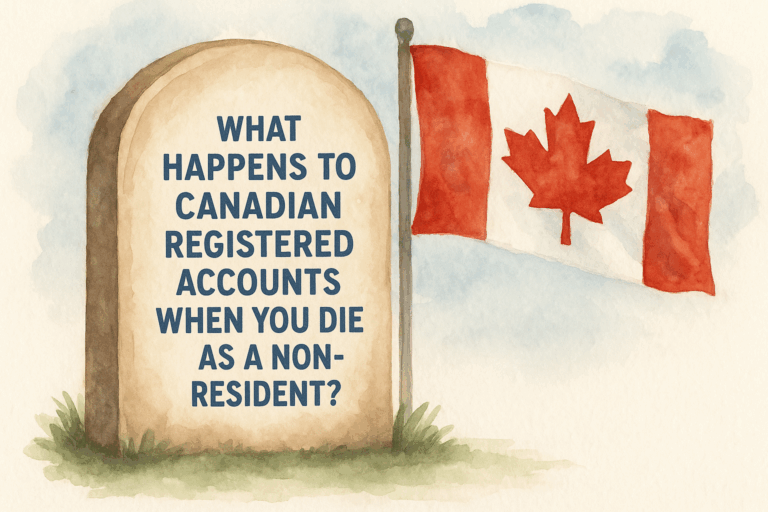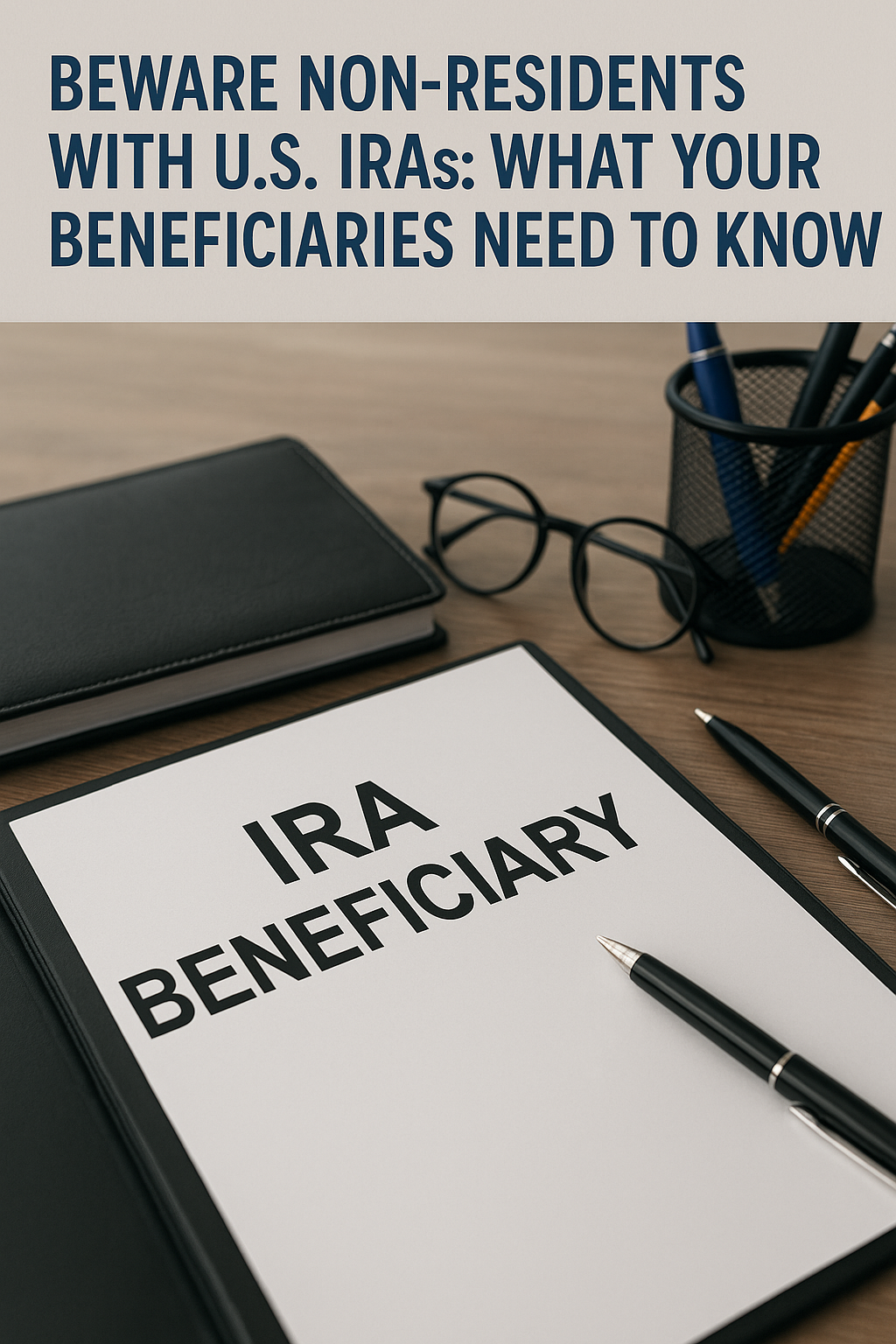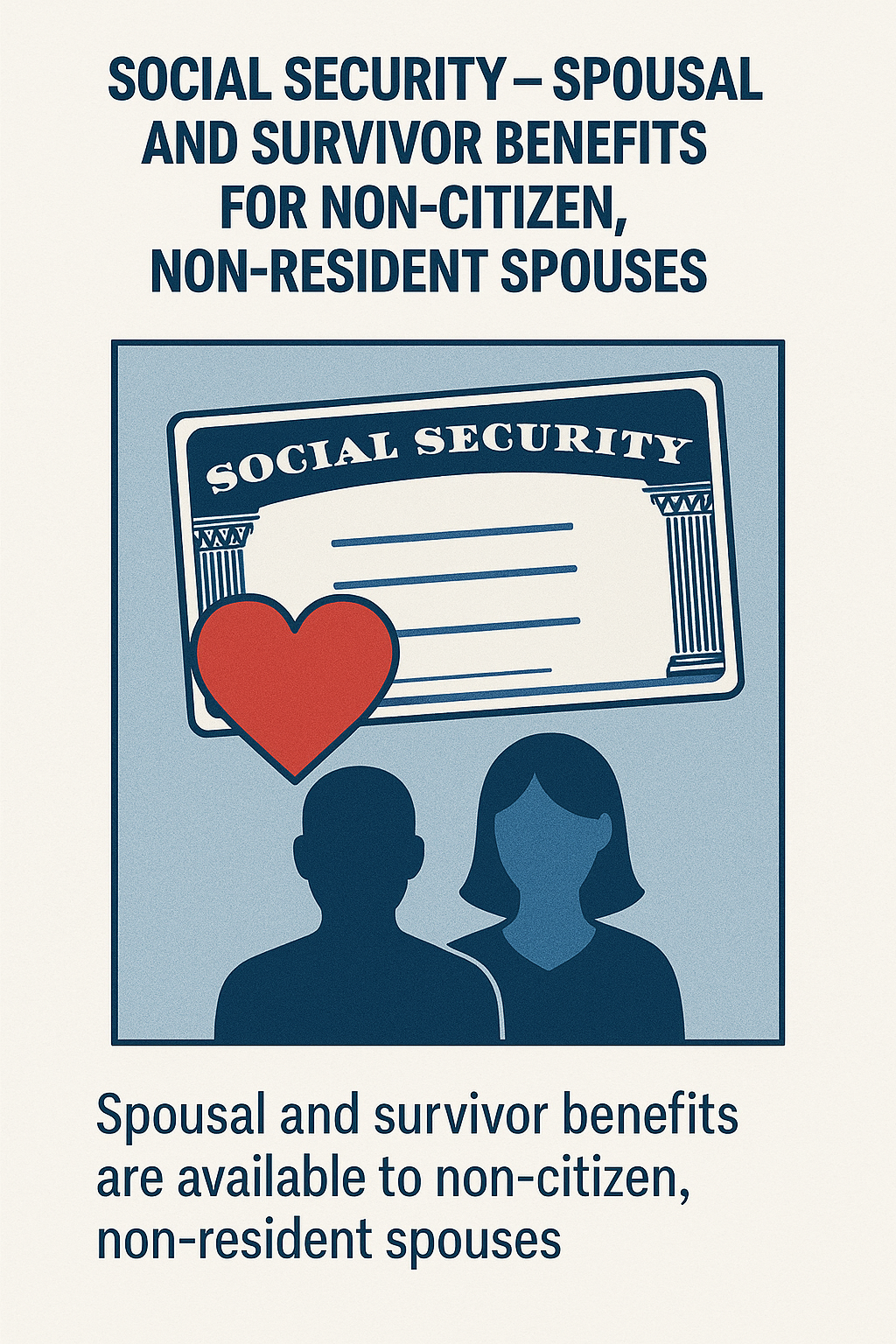Have you ever wondered what happens to your Canadian RRSP when you become a non-resident? If you’ve moved abroad or are planning to do so, understanding the withdrawal rules for non-residents is essential to avoid unexpected tax surprises.
Whether you’re a dual citizen, an expatriate, or simply managing assets across borders, this guide will help you navigate the complexities of Canadian RRSP withdrawals, optimize your tax situation, and plan effectively for retirement.
At 49th Parallel Wealth Management, we specialize in cross-border financial planning between Canada and the United States. Our personalized services—including retirement planning, tax optimization, and wealth management—are designed to help clients thrive in a dual-market environment.
Read on to learn what you need to know about Canadian RRSP withdrawal rules for non-residents and how to plan your withdrawals strategically.
Understanding RRSPs and Non-Resident Status
What is an RRSP?
A Registered Retirement Savings Plan (RRSP) is a tax-deferred savings account in Canada designed to help individuals save for retirement. Contributions are tax-deductible, and investments grow tax-deferred until withdrawn.

Who Qualifies as a Non-Resident?
For tax purposes, you are generally considered a non-resident if:
- You no longer maintain significant residential ties in Canada (e.g., a permanent home, spouse, dependents, etc.).
- You reside primarily in another country.
- You have formally notified the Canada Revenue Agency (CRA) of your change in residency status.
Understanding your residency status is crucial because non-residents face different tax treatment when withdrawing funds from their Canadian RRSPs.
Withholding Tax on RRSP Withdrawals for Non-Residents
Withholding Tax Rates
When non-residents withdraw funds from an RRSP, the CRA typically imposes a withholding tax on the gross amount withdrawn. The standard rate is:
- 25% for most non-residents.
Impact of Tax Treaties
However, if your country of residence has a tax treaty with Canada, you may benefit from a reduced withholding tax rate. For example:
- 15% is commonly applied for U.S. residents under the Canada-U.S. tax treaty.
It’s important to consult with a cross-border professional to determine the treaty rate applicable to your situation.
How RRSP Withdrawals Affect Your Taxes
Reporting Requirements
- Non-residents must have tax withheld:
The withholding tax is deducted at the source, so you receive the net amount. - Tax Credits and Refunds:
Depending on your distribution amount and applicable tax treaty provisions, you may need to file a Canada Part XIII tax return to claim a refund or adjust your tax liability.
Timing and Planning
- Plan your withdrawals:
Strategize the timing of withdrawals to potentially minimize your tax burden, especially if you can spread them over multiple years and maintain the 15% withholding tax rate in Canada. - Establishing and Crystalizing your Canadian RRSP basis:
Only unrealized capital gains in your Canadian RRSP are taxable from a U.S. perspective. Obtaining a transaction history so you can sort out the contributions, dividends, interest, and capital gains and convert them to USD on the date of the transaction will establish your U.S. cost basis and reduce your tax liability on the U.S. side of the border. Alternatively, if you liquidate your RRSP before you become a U.S. tax resident, and enter the U.S. holding only cash, your U.S. cost basis will be the value of the account in USD on the date you become a U.S. tax resident.
Real-World Examples and Case Studies
The U.S. Expat
John, a Canadian citizen who moved to California, needed to access funds from his Canadian RRSP. John worked with a cross-border financial planner so they liquidated his Canadian RRSP to cash just before John’s move. As a result, John was able to take distributions from his RRSP with little to no tax liability in the U.S. Since John’s additional cash needs were not significant, he was able to keep his Canadian withholding tax at 15% by distributing less than 10% of the account value each year.
By working with a cross-border expert, he was able to optimize his tax situation and preserve more of his retirement savings.
The Dual Citizen
Maria, a dual citizen living in Canada part-time and abroad part-time, was unsure about her residency status. After a comprehensive review with her financial advisor, she clarified her non-resident status for tax purposes and adjusted her Canadian RRSP withdrawal strategy accordingly. This allowed her to benefit from reduced withholding tax rates and ensure compliance with both Canadian and U.S. tax obligations.
Actionable Steps to Optimize Your RRSP Withdrawals
To manage your Canadian RRSP withdrawals effectively as a non-resident, consider the following steps:
- Confirm Your Residency Status:
- Evaluate your residential ties in Canada (permanent home, family, social ties).
- File the necessary forms with the CRA to confirm your non-resident status.
- Determine Your U.S. Tax Cost Basis in USD
- Review Applicable Tax Treaties:
- Identify your country’s tax treaty with Canada.
- Determine the reduced withholding tax rate, if applicable.
- Plan Your Withdrawal Strategy:
- Consider timing and spread-out withdrawals over multiple years.
- Consult Cross-Border Tax Experts:
- Engage professionals who understand both Canadian and U.S. tax systems.
- Get tailored advice that aligns with your unique financial circumstances.
- Keep Detailed Documentation:
- Maintain records of your contributions, trades, withdrawals, tax withholdings, and any correspondence with the CRA.
- Document your residency status and any treaty-based benefits.
Strategic planning is key to optimizing RRSP withdrawals for non-residents:
- Integrate Cross-Border Expertise:
Combine the insights of traditional financial planning with specialized tax advice to develop a comprehensive strategy. - Regularly Review Your Plan:
As your residency status or financial situation changes, reassess your withdrawal strategy to ensure it remains effective. - Stay Informed:
Keep abreast of changes in tax laws and treaty provisions that may affect your withdrawals. Trusted resources like the Canada Revenue Agency offer up-to-date guidance.
Understanding the rules surrounding Canadian RRSP withdrawals for non-residents is essential for anyone managing cross-border financial ties. Non-residents face distinct tax implications, including higher withholding tax rates that may be reduced under applicable tax treaties.
By confirming your residency status, strategically planning your withdrawals, and consulting with cross-border tax experts, you can optimize your Canadian RRSP strategy and minimize unexpected tax burdens.
At 49th Parallel Wealth Management, we are dedicated to helping clients navigate the complexities of cross-border financial planning. Our personalized approach ensures that your retirement, tax, and investment strategies are tailored to the unique demands of operating in both Canada and the U.S.




